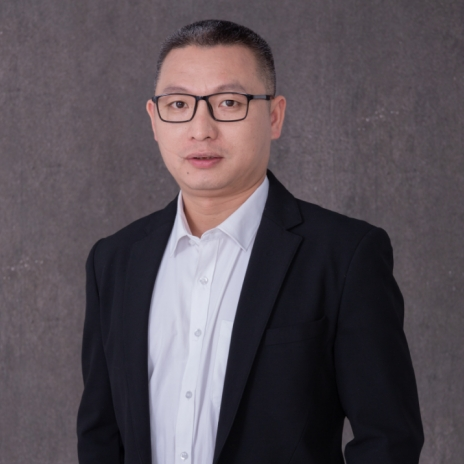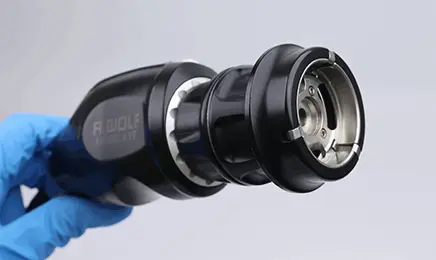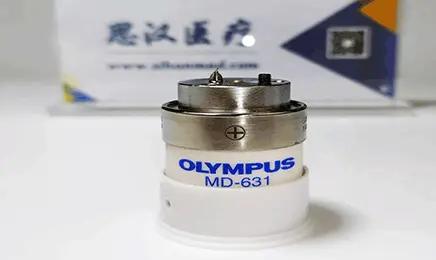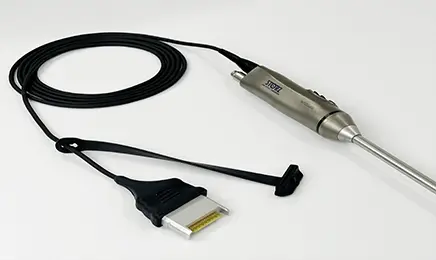Tel: +86-19906868508
E-mail: info@sihanmed.com
Tel: +86-19906868508
E-mail: info@sihanmed.com
When it comes to purchasing refurbished rigid laparoscopes, ensuring optical clarity is paramount. For B2B buyers, the stakes are high, as the quality of these instruments directly impacts surgical outcomes. Therefore, understanding how to verify optical clarity before making a purchase is crucial.
To verify optical clarity in refurbished rigid laparoscopes, you should conduct a thorough visual inspection, employ specific testing methods, and be aware of certification standards. This approach will help you make an informed decision, ensuring that the equipment meets your high standards.
In the following sections, we will delve into the importance of optical clarity, the methods for visual inspection, the testing techniques for light transmission, the certification standards, common defects to watch out for, and how to compare different models. This comprehensive guide aims to equip you with the knowledge needed to make a confident purchase.
Optical clarity in refurbished rigid laparoscopes is critical because it directly affects the surgeon’s ability to perform precise and effective procedures. When the optics are clear, there is a significant improvement in visibility, which enhances the accuracy of the surgery. Conversely, poor optical clarity can lead to misdiagnosis, surgical errors, and extended operation times. Additionally, clear optics contribute to better patient outcomes, reduced recovery times, and overall satisfaction. Therefore, ensuring that the laparoscope you purchase has excellent optical clarity is not just a preference but a necessity. It is essential to remember that the quality of the optics can make or break the success of a surgical procedure.
To visually inspect a refurbished rigid laparoscope, start by examining the lens for any scratches, cracks, or discoloration. These defects can significantly impair optical clarity. Next, check the light fibers for any signs of damage or wear, as these are crucial for proper illumination. Additionally, inspect the overall build quality, ensuring that there are no loose parts or signs of corrosion. Rotate the laparoscope to see if the image remains consistent and clear from different angles. Furthermore, use a light source to test the brightness and uniformity of the illumination. By conducting a thorough visual inspection, you can identify potential issues and ensure that the laparoscope meets your standards.
Testing methods for optimal light transmission in used rigid laparoscopes include using a light meter to measure the intensity of the light passing through the scope. This helps determine if the light fibers are functioning correctly. Additionally, perform a white balance test to ensure that the colors are accurately represented. Another method is to use a test chart to check for any distortions or aberrations in the image. Furthermore, conduct a fog test to see if the lens fogs up under different temperature conditions. These testing methods, when combined, provide a comprehensive assessment of the light transmission capabilities of the laparoscope.
Yes, there are certification standards for refurbished rigid laparoscope optics. These standards ensure that the equipment meets specific quality and performance criteria. For instance, the International Organization for Standardization (ISO) provides guidelines for medical device refurbishing. Additionally, there are industry-specific certifications that focus on the optical clarity and functionality of laparoscopes. It is crucial to verify that the refurbished laparoscope you are considering has been certified by a reputable organization. This certification serves as a guarantee that the equipment has undergone rigorous testing and meets the required standards for safe and effective use.
When inspecting a second-hand rigid laparoscope, look for common defects such as scratches or cracks on the lens, which can impair optical clarity. Additionally, check for any signs of corrosion or rust on the metal parts, as these can affect the durability and performance of the instrument. Another common defect is damaged light fibers, which can result in poor illumination. Furthermore, ensure that there are no loose or missing parts, as these can compromise the functionality of the laparoscope. By being aware of these common defects, you can make a more informed decision and avoid purchasing subpar equipment.
To compare different refurbished rigid laparoscope models for clarity, start by examining the optical specifications provided by the endoscope supplier. Look for details such as resolution, field of view, and light transmission efficiency. Additionally, conduct side-by-side visual inspections to compare the image quality and brightness of each model. Furthermore, consider the build quality and durability of the laparoscopes, as these factors can impact long-term performance. It is also helpful to read reviews and testimonials from other users to gain insights into the real-world performance of the models. By taking these steps, you can effectively compare different models and choose the one that best meets your needs. For instance, the Stryker laparoscopy system is known for its high-quality optics and reliable performance, making it a popular choice among medical professionals.

With years of dedication to the medical equipment industry, Shengjun He has leveraged his solid professional expertise and keen insight into industry trends to establish Sihan Medical as a leading force in the endoscope repair sector. Prior to founding Sihan Medical, he accumulated extensive experience in medical device maintenance—a foundation that proved instrumental for his entrepreneurial journey. His background spans hands-on equipment repair, technical R&D, and management, granting him comprehensive understanding of medical devices, from their underlying technology to market demands.


